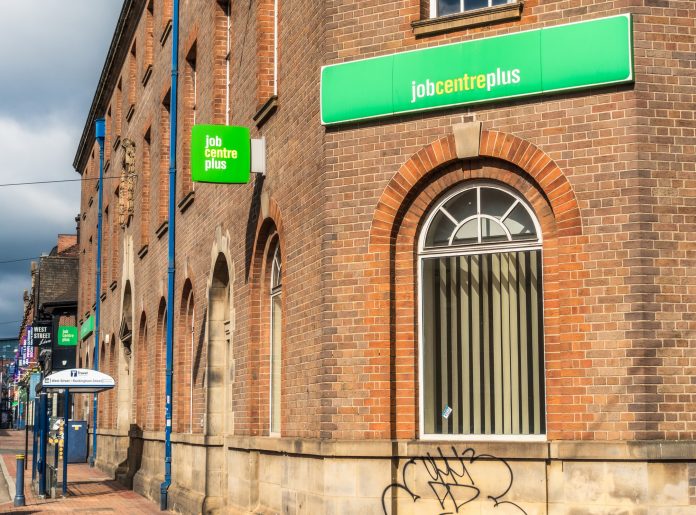While unemployment rates remained stable, job openings continued to decline in most sectors of the economy from May to August of this year
According to the latest official figures, UK unemployment rates remain low, with job openings continuing to decrease.
UK unemployment rates
In the three months leading up to August this year, the unemployment rate was at 4.2%, following adjustments to the survey method employed by the Office for National Statistics (ONS).
With this approach to evaluating the labour market, there has been no change in the unemployment rate compared to the three months to July.
Although the unemployment rate remained unchanged, the number of available jobs fell to less than one million. According to the ONS’s latest count, that was an estimated decrease of 43,000 jobs. From July to September, the survey showed 988,000 job vacancies.
The drop in job vacancies fell across the economy; 14 of the 18 industries examined reported declining job openings. It was the 15th consecutive period of contraction in the labour market.
Historical unemployment rate
The country’s lowest unemployment rate was 3.4% in 1973, and the highest was 11.9% in April 1984.
After the pandemic, there has been an increase in the amount of people who are not in work or looking for work. They are now categorised as economically inactive, often due to reasons such as long-term sickness.
UK economic inactivity is on the rise
According to the ONS data, there was a slight increase in the economic inactivity rate. It grew by 0.1 percentage points, reaching 20.9% from June to August, in contrast to the three months spanning from March to May.
The ONS is adopting a new way of analysing the labour market statistics to increase precision. The organisation’s challenges prompt this change to engage with enough people in certain groups.
The publication of the unemployment data was postponed by a week to provide more accurate estimates.











